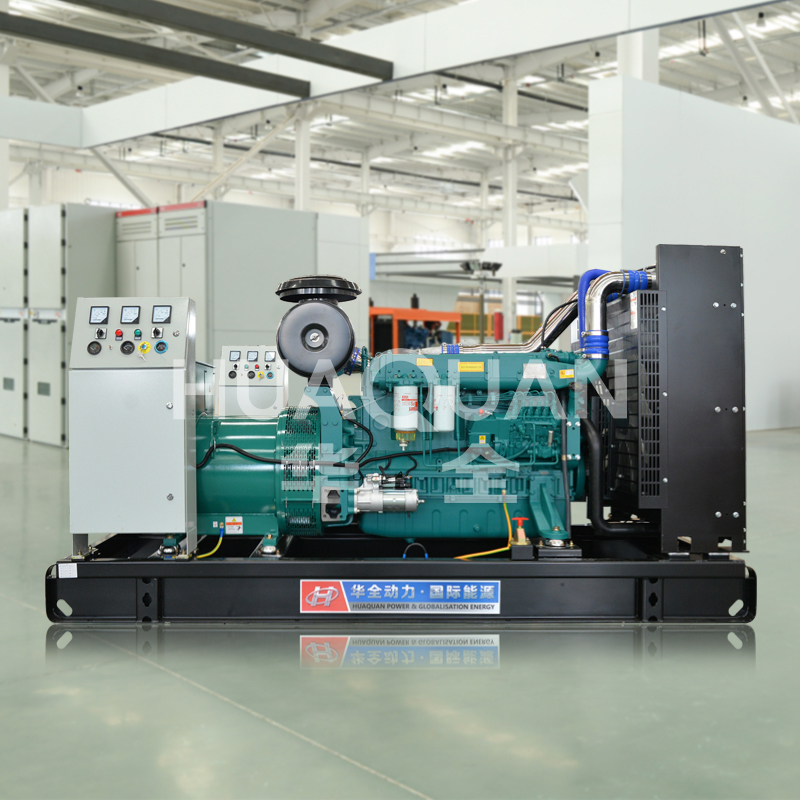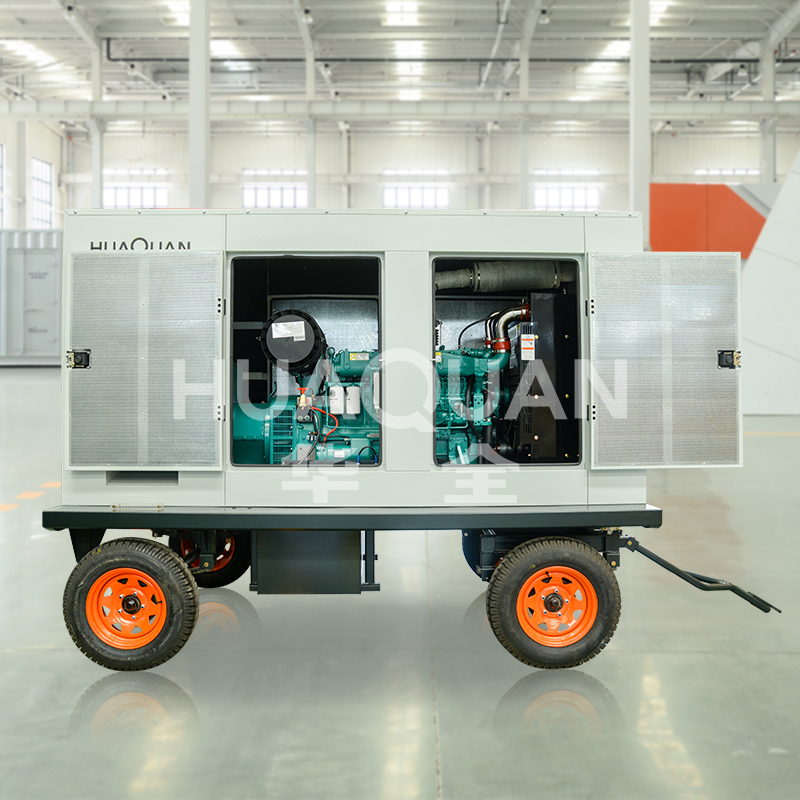To ensure the reliability of Emergency Generator during power outages. At the same time, system maintenance is very important to ensure the normal progress of work. Here are some basic precautions for users' reference.
Fuel System Inspection for Emergency Generator
Stabilize fuel quality by adding inhibitors to prevent microbial growth in diesel tanks.
Drain water/sediment from fuel filters monthly to avoid injector clogging.
Load Testing & Lubrication
Run the Emergency Generator under 50%-75% load monthly to assess performance.
Replace engine oil annually or per manufacturer’s intervals.
Battery & Starting Mechanism for Emergency Generator
Clean battery terminals to prevent corrosion, and verify charge levels bimonthly.
Test automatic start functions quarterly by simulating power failures.
Cooling & Exhaust Management for Emergency Generator
Check coolant levels and hoses for leaks, especially before extreme weather.
Clear exhaust vents of obstructions to prevent carbon monoxide hazards.
Environmental Adaptations
For indoor Emergency Generator, ensure ventilation meets NFPA standards to disperse heat/fumes.
Outdoor models require rodent-proof enclosures and moisture-resistant coatings.
Maintain a logbook to record all inspections of Emergency Generator, emphasizing anomalies like unusual vibrations or exhaust colors. Partner with certified technicians for biannual professional audits.
By adhering to these protocols, your Emergency Generator will remain mission-ready when crises strike.
More information about Emergency Generator:https://sinogens.com/








